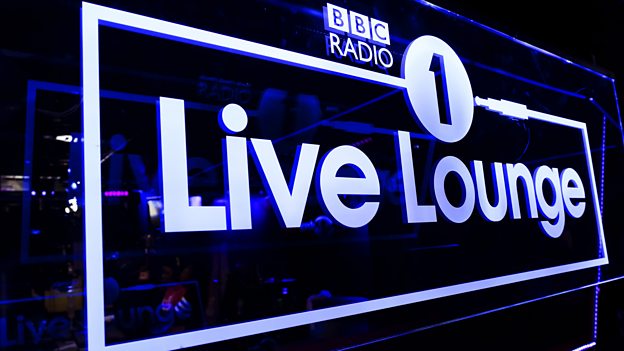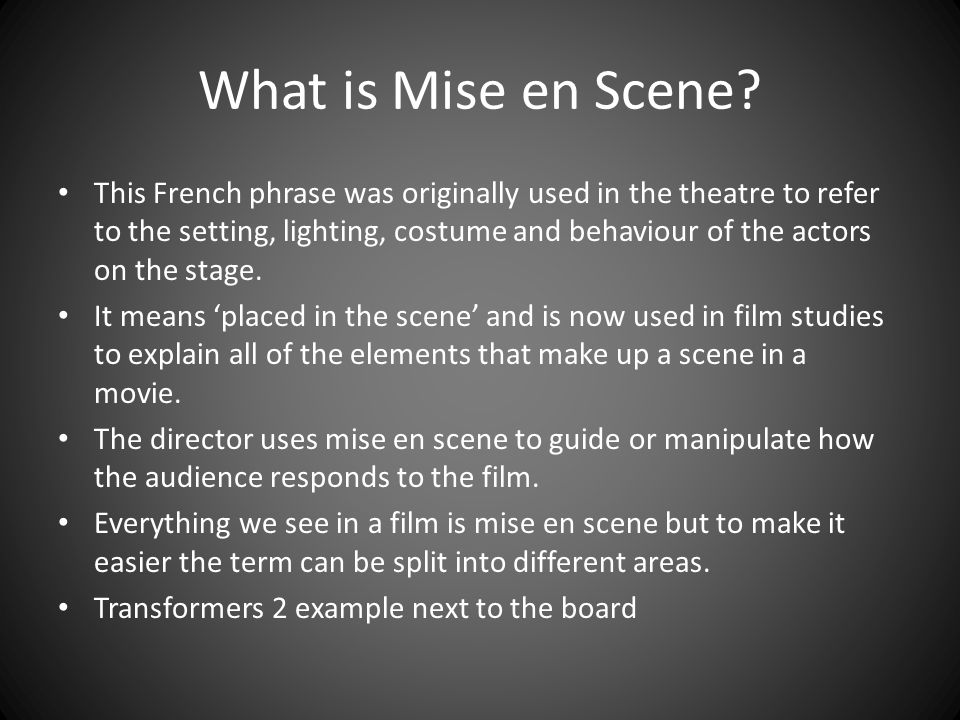Once you have completed all questions from the previous post, you should conduct a deeper analysis of Halsey's Live Lounge appearance.
Listen again to the episode, which is now available on the BBC website and Sounds app:
https://www.bbc.co.uk/programmes/p07cdcl8
Focus on things that are said and what this suggests about the audience and the representation of the artist.
For example, when she talks about her fans, what does she say about the gifts she receives? What does this show about the audience and how Halsey feels about them?
What are Halsey's interests? What does she talk about? What sort of person do we think she is (based on this appearance)?
Now, watch the performance in the Live Lounge.
https://www.bbc.co.uk/programmes/p07bn5c9
What are the benefits of being able to see the artist performing? Explain how this would appeal to an audience.
For example, they can relate to her more if they can see her. It adds a new dimension and we can see the emotion, what she is wearing and build up a better picture of who the performer is.
Makes notes on the fact that radio is traditionally just something you can hear, but audiences can now watch radio performances too.
Look at how this has been shot. Focus on the types of shot, location, mise-en-scene and explain how these things may appeal to an audience.
For example, there are close up shots of Halsey which allow the audience to feel close to her.
Also, consider what she is wearing, her tattoos, the lighting, what is in the studio, etc.
Thursday, June 20, 2019
Tuesday, June 18, 2019
Radio 1 Live Lounge
Radio 1 Live Lounge
******
Radio must be studied in relation to media industries and media audiences.
Radio 1 Live Lounge reflects the role of Radio 1 within the BBC – to develop public service broadcasting distinctiveness, in part as a response to the political context of criticisms of the BBCs more ‘commercial’ wings. The format reflects the regulatory need for the BBC to foster creativity and innovation. Radio 1 addresses a distinct segment of the BBC’s audience and this is reflected in a distinct mode of address.
Learners must study one complete episode of The BBC Radio One Live Lounge, from September 2017 onwards, chosen by the centre.
The selected radio programme must be a standard episode (not a special feature episode) and include a British artist and content promoting British music, including interviews/chat with the artist.
It is recommended that learners are also made aware of the online content of the BBC Radio One Live Lounge to help further exemplify areas of the media industries and media audiences’ framework.
******
TASK: In order to ensure you fully understand the Industrial aspects of this topic, complete the following questions conducting your own research independently.
1. What does the acronym BBC stand for?
2. How is the BBC funded?
3. What is the mission statement of the BBC?
4. What is the mission statement of BBC Radio One?
5. What is the target audience of BBC Radio One?
6. What is Radio One Live Lounge?
7. Make a list of artists who have performed on Live Lounge episodes. What do you notice?
8. How does BBC Radio One Live Lounge use media convergence to reach audiences differently? (How else, other than radio, can you access BBC Radio One Live Lounge).
9. Who regulates BBC Radio One Live Lounge to ensure it adheres to the rules that govern broadcast radio?
10. Who do you think is the niche target audience of BBC Radio One Live Lounge and how does this differ to a normal Radio One broadcast?
TASK: Listen to the Radio One Live Lounge episode:
https://www.bbc.co.uk/sounds/play/p07cdcl8
Answer the following questions:
1. What is the mode of address of the presenter?
2. What other musical artists are referenced and how does this link with the target audience?
3. How does Halsey represent herself? How does she come across?
4. What is the purpose of a Radio One Live Lounge? How does it add to an artist's image?
5. Why would a fan of an artist want to watch or listen to Radio One Live Lounge?
6. Why is Radio One Live Lounge an example of Media Convergence?
7. What is the presenters reaction to the song? Use a quote.
8. Why does the presenter want people to text in?
9. List as many reasons as you can think of for why artist's would want to perform on BBC Radio One Live Lounge.
10. Answer the following question:
How does Radio One Live Lounge appeal to its target audience?
Monday, June 3, 2019
Little Mix - Black Magic
You could be asked to write about the media language, audience or representation for the music videos.
Task One:
Choose any camera angle and explain why it has been used.
For example: The establishing shot is of a school building to allow the viewer to know that this is set in a school. This will appeal to a younger audience who may still be at school. The building seems to be an American style school, which will appeal to American fans but might also seem exotic to a British audience.
Task Two:
Comment on the mise-en-scene choices.
For example: At the start of the video, the girls from the band are wearing glasses and have their hair tied up. This is to inform the audience that they are geeky, or hard-working unpopular pupils. A stereotype has been created by using conventions associated with geeks.
Task Three:
Suggest who this video is aimed at with reasons to support your answer.
For example: This video is set in a school and so therefore would appeal to young people who attend school. The band are all girls so therefore...
(Try to come up with as many reasons as you can to suggest who the audience might be)
Task Four:
How are the following groups represented in the video? Give reasons to support your answer.
Note: These might be complex and there may not always be one answer...
Task Five:
Answer the following exam style question:
Explain how and why music videos use particular representations. Refer to the music videos you have studied in your answer. [10]
Task One:
Choose any camera angle and explain why it has been used.
For example: The establishing shot is of a school building to allow the viewer to know that this is set in a school. This will appeal to a younger audience who may still be at school. The building seems to be an American style school, which will appeal to American fans but might also seem exotic to a British audience.
Task Two:
Comment on the mise-en-scene choices.
For example: At the start of the video, the girls from the band are wearing glasses and have their hair tied up. This is to inform the audience that they are geeky, or hard-working unpopular pupils. A stereotype has been created by using conventions associated with geeks.
Task Three:
Suggest who this video is aimed at with reasons to support your answer.
For example: This video is set in a school and so therefore would appeal to young people who attend school. The band are all girls so therefore...
(Try to come up with as many reasons as you can to suggest who the audience might be)
Task Four:
How are the following groups represented in the video? Give reasons to support your answer.
Note: These might be complex and there may not always be one answer...
- girls (e.g. their appearance matters... This becomes apparent when the girls are given more attention after their appearance changes...)
- boys (e.g. are easily controlled by women/are strong and independent/can be whatever they want to be...)
- popular and attractive teenagers
- unpopular and geeky-looking teenagers
- teachers
- disabled people
- overweight people
- people from ethnic minorities (non-white)
Task Five:
Answer the following exam style question:
Explain how and why music videos use particular representations. Refer to the music videos you have studied in your answer. [10]
Subscribe to:
Comments (Atom)


